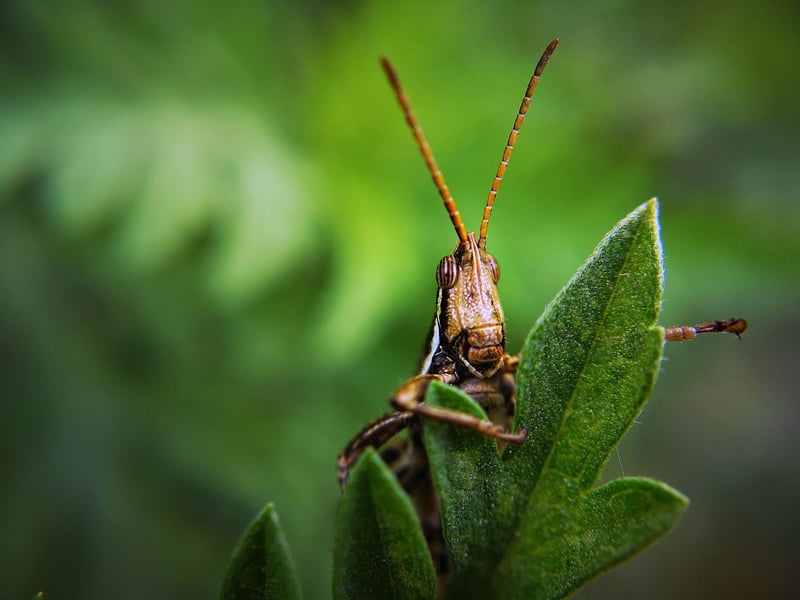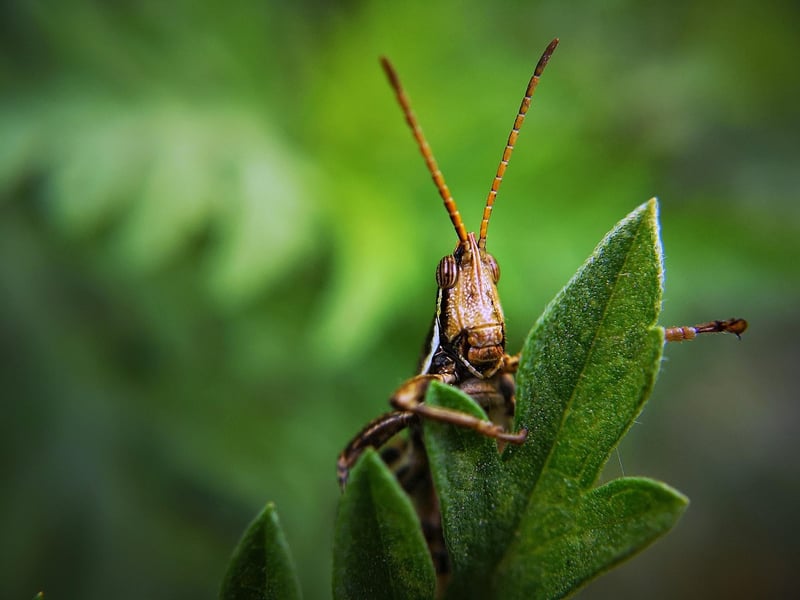Common Garden Pests
Protecting Your Plants from Pests: A Complete Guide
Introduction
As a garden enthusiast, one of the biggest challenges you may face is dealing with pesky pests that can harm your plants. In this guide, we will explore effective ways to protect your plants from common garden pests so you can enjoy a thriving garden all year round.
Identifying Common Garden Pests
Before you can effectively protect your plants, it's essential to know your enemy. Here are some of the most common garden pests:
- Aphids: These small insects feed on plant sap, causing leaves to curl and distort.
- Slugs and Snails: These creatures can wreak havoc on young seedlings and tender plants.
- Caterpillars: Caterpillars can munch through leaves and flowers, causing significant damage.
- Spider Mites: These tiny pests suck plant juices, leading to yellow stippling on leaves.
- Whiteflies: Whiteflies feed on plant sap and can transmit plant diseases.
Protecting Your Plants
Now that you can recognize common garden pests, let's explore how you can protect your plants from their damage:
- Natural Predators: Encourage beneficial insects like ladybugs, lacewings, and predatory wasps that feed on garden pests.
- Companion Planting: Planting certain flowers and herbs can deter pests and attract beneficial insects to your garden.
- Organic Sprays: Use organic insecticidal soaps or neem oil to control pests without harming beneficial insects.
- Physical Barriers: Protect your plants with row covers, netting, or copper tape to keep pests at bay.
- Cultural Practices: Maintain good hygiene in your garden by removing debris, weeds, and diseased plants to reduce pest habitats.
Conclusion
By identifying common garden pests and implementing effective protection strategies, you can safeguard your plants and promote a healthy garden ecosystem. Remember to monitor your plants regularly and take action promptly to prevent pest infestations. With these tips, you can enjoy a beautiful and pest-free garden year-round.
Images source: Pixabay

